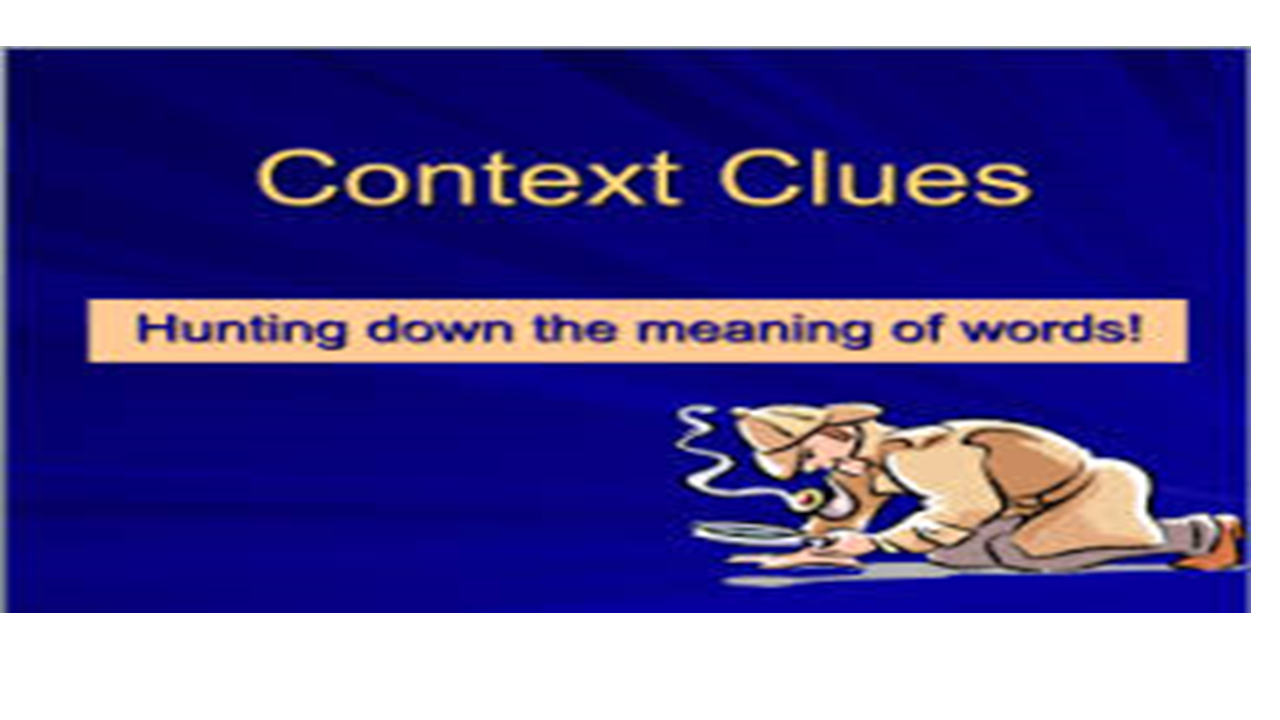Yes, students need access to a large bank of words in order to be successful readers. But they also need to be able to process and analyze new words for meaning as they encounter them. Without this skill, readers miss important parts of text that hinders their ability to make meaning. These “word learning strategies” generally fall into two categories. The first category is “inside” the word clues (from here on out referred to as inside strategies). These clues come from the morphemic analysis of the word itself. The second category is “outside” the word clues (from here on out referred to as outside strategies. These clues come from the contextual analysis of the surrounding text and text features of a passage.
When teaching inside strategies, teachers have the opportunity to show students that we can find meaning in a word by looking at its important parts. Students do so by looking at root words, base words, affixes, inflectional endings, and chunking. When teaching inside strategies to ELL’s and struggling learners, consider including these critical pieces as part of direct instruction. Know that gradual release (teacher modeling, shared practice, guided practice, independent practice and application) of this skill is necessary for effective implementation by students.
- Look to see if there is any word chunk that you recognize (either base, root, or other high frequency word you know).
- Take apart the word into any bases or roots and their affixes.
- Find meaning from those word parts that you’ve taken apart.
- Rebuild that word using the meaning you’ve gleaned from each important part.
When teaching outside strategies it is important to help students see syntactic and semantic clues provided by surrounding words and phrases. Syntax is a fancy way of talking about the rules that form our grammar structure and the patterns that we find in sentences (e.g. if you see a subject first, you know that a verb must follow). Semantics simply means, meaning or an interpretation of its meaning. Therefore, outside strategies really help students understand how to use what they know about English and the meaning of the surrounding text to make educated guesses about what a word means. When teaching outside strategies to ELL’s and struggling learners, it is important to include the following components as part of the process for increasing vocabulary development.
- Teach students that writers use specific clues to the meaning of challenging words in the text.
- Deliver explicit instruction that includes modeling and examples of the various types of context clues (i.e. definition, synonym, antonym, example, and general).
- Provide guided practice in using context clues with authentic and appropriately challenging texts.
Now, I know that we have simplified this process greatly. However, if you are interested in what these two approaches might look like, please take a look at our products Context Clues and Text Clues. Both of these common core aligned resources provide student reference sheets, anchor charts, activities, and explicit examples for teaching inside and outside word clues. And, as always, if you have any questions or comments, don’t hesitate to send us a message.
By: Alexandra Guilamo

